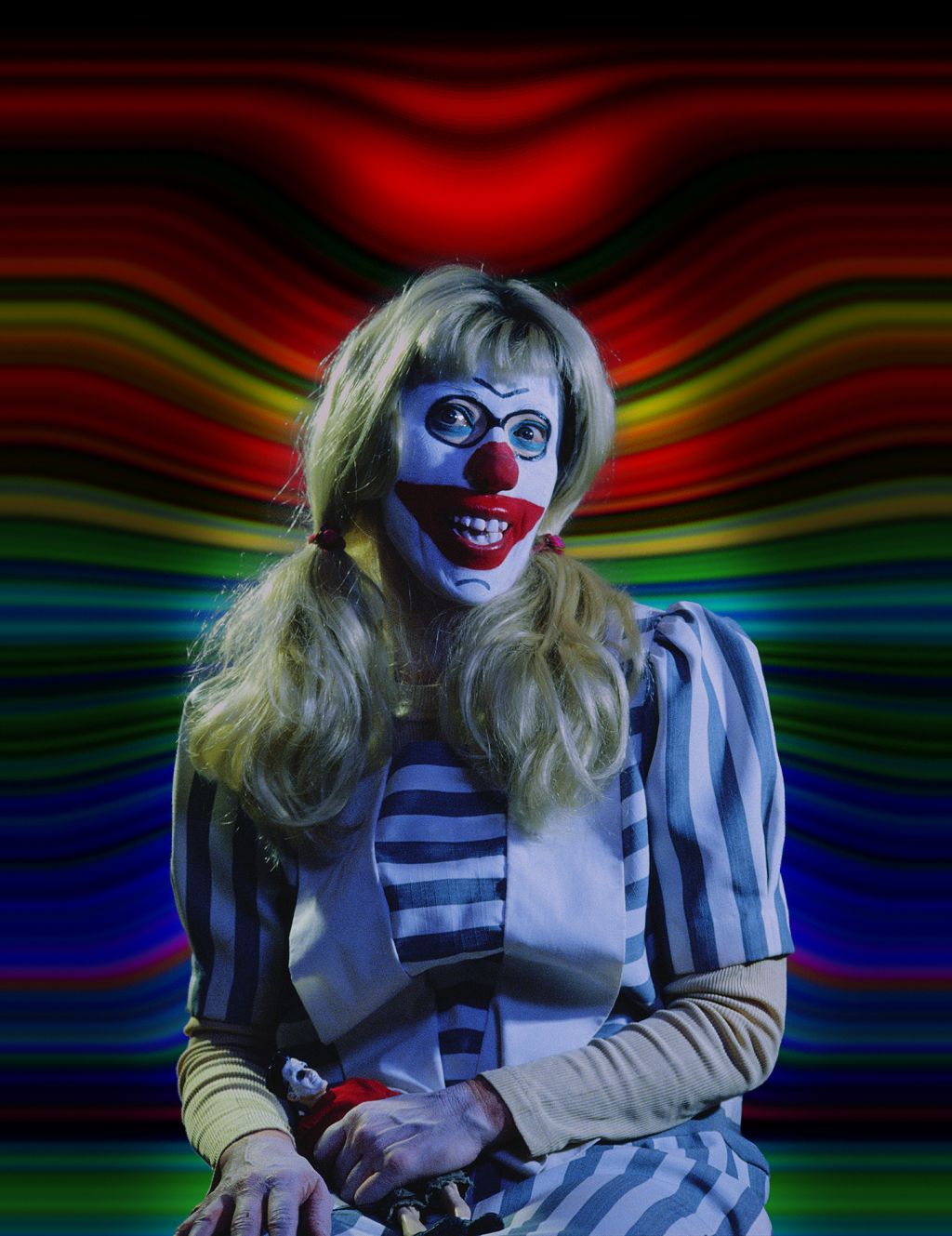The Ultimate Guide To All Occasion Performers
The Ultimate Guide To All Occasion Performers
Blog Article
More About All Occasion Performers
Table of ContentsA Biased View of All Occasion PerformersSome Known Facts About All Occasion Performers.How All Occasion Performers can Save You Time, Stress, and Money.The Buzz on All Occasion PerformersNot known Incorrect Statements About All Occasion Performers
He specialized in pigs and mules, which he trained and offered to various other clowns. He also presented an act with a qualified rhinoceros and is the only individual in circus history to present a tightrope strolling elephant.He was additionally a philanthropist who gave kindly to lots of charities and he set up the very first monolith to soldiers eliminated during the Civil War - Face painters near me. Origins of the Auguste characterThere is a commonly told legend about the beginnings of the Auguste clown. According to the legend, an American acrobat named Tom Belling was doing with a circus in Germany in 1869
The manager all of a sudden entered the area. Belling removed running, ending up in the circus arena where he fell over the ringcurb. In his shame and rush to get away, he dropped over the ringcurb once more on his escape. The target market yelled, "auguste!" which is German for fool. The supervisor commanded that Belling continue looking like the Auguste.
The 8-Second Trick For All Occasion Performers
For something, the word Auguste did not exist in the German language up until after the personality became prominent. One of the theories of the real beginning is that Belling duplicated the personality from the R'izhii (Red Haired) clowns he saw when he visited Russia with a circus (https://www.avitop.com/cs/members/all0ccperf0rm.aspx). Characters like the auguste definitely existed formerly

The dance later on ended up being called faucet dance. It should be kept in mind that there are alternating 'beginnings' for the vagrant character"one of which was the taking a trip "hoe boys," or travelling ranch workers, that rode the rails from one community to one more, wiping the residue away from their eyes & mouth.
All Occasion Performers Can Be Fun For Anyone
Note that the fright wig, exaggerated lips and eyes, oversized clothing and props of the American clown, props such a sparkling water, stuffed clubs, exploding cigars, and whistles loaded with soot, are not Grimaldi's. They belong to Tambo and Bones. The English blackface comedian Charles Mathews involved America in 1822 to do and studied black life and customs.
In such plays there is a collection of characters consisting of "kings" and "saints", cross-dressing, and blackface duties; the faces of Morris (or "Moorish") dancers were additionally smudged. Most were performed by poor males in the starving time after Xmas.
The Derby Play of the Tup was executed for food and beer by jobless youths. One such objection has gone into American background as the Boston Tea Celebration.
Not known Factual Statements About All Occasion Performers

While not the lush events we consider today, some early, rougher types of traveling circus were preferred in America from Revolutionary times-- George Washington was a fan. Blackface clowns done in them from at least the 1810s and perhaps before; they were a staple by the 1820s. The vast red or white mouth painted on by modern clowns is a remnant of the blackface mask.
In lots of aspects minstrelsy was birthed when these performers moved their acts from the tent to the stage of American selection cinemas. Absolutely there was a strong element of clowning in minstrelsy. The blackface mask was a clown's disguise, exaggerating the facial attributes into an animation, a caricature. The blackface clown navigate here might be the precursor of today's anodyne circus clown, but or else both are as contrary as blackface and whiteface.
Get This Report on All Occasion Performers
In numerous customs the clown would certainly reveal some physical defect, like a hunchback, dwarfism-- or like Jim Crow, lameness. And due to the fact that he was various, an Others, the clown was allowed to say and do points no one else could.
Witticism and parody were main to minstrelsy. It's interesting that in the West African societies where most servants came, the poet-singer griot served the very same satirical jester function when the event arose. That might have something to do with the interested (to us, looking back) convenience with which Southern Blacks accepted not just the music but also the undermining wit of minstrelsy.

Emmett Kelly was the very best recognized tramp clown with his character "Weary Willie."Vagrant clowns are competent: + jugglers + magicians + pianists + chalk talk artist + bikers. There are satisfied tramps and mad tramps. There seems to be a variety of tramp clowns - https://slides.com/all0ccperf0rm. The most standard feature of vagrant clowns is that absolutely nothing is conventional except the white mouth, which was derived from minstrel blackface makeup.
Report this page